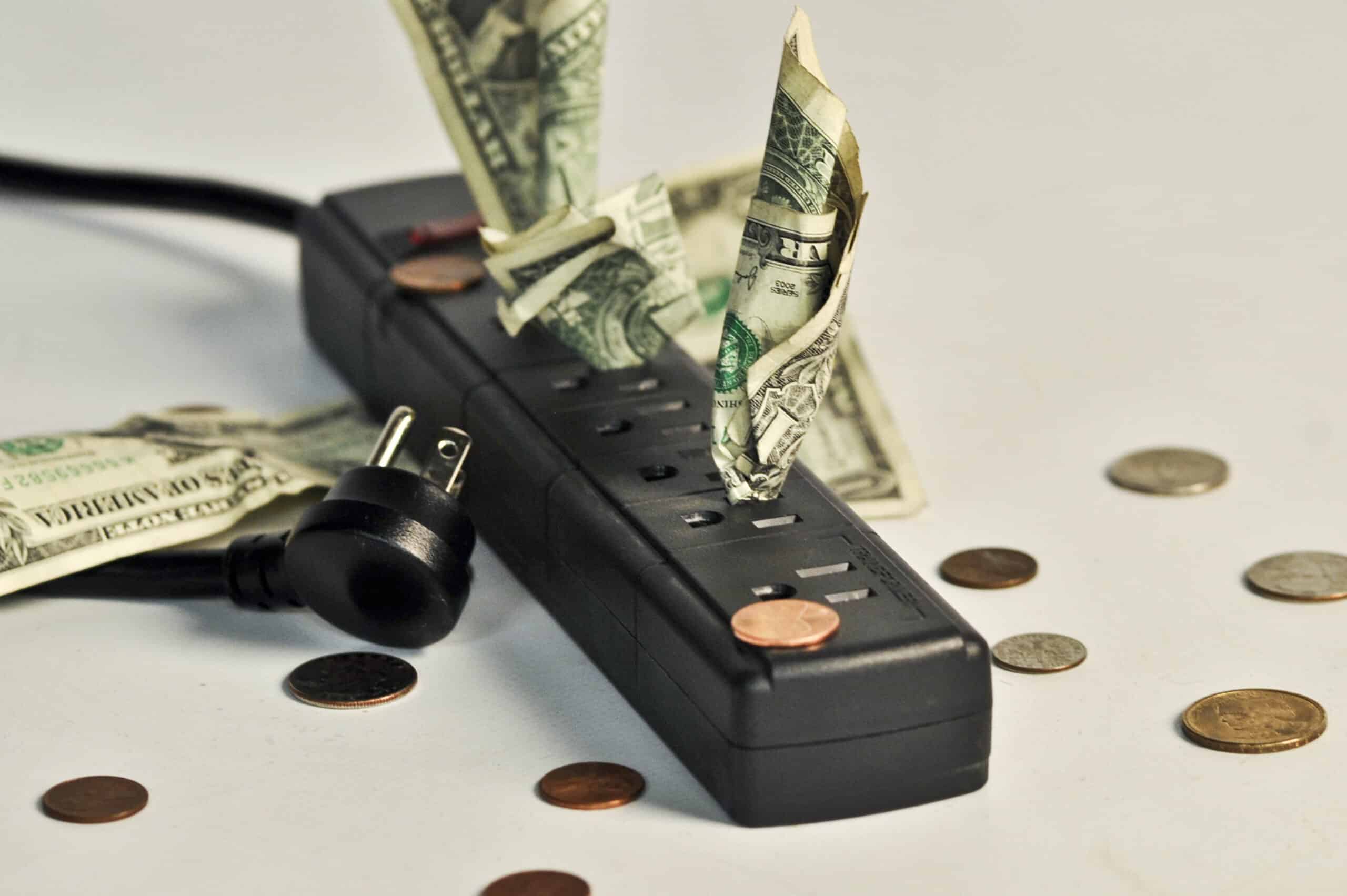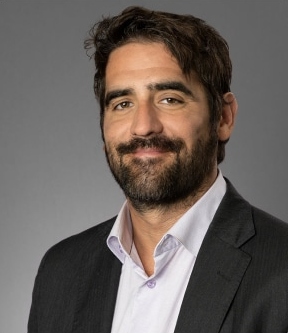Don’t you hate it when you receive an electric bill and see that it’s incredibly expensive? Your consumption charges aren’t too bad, but it’s the peak demand charges that are killing you. These charges refer to the highest amount of energy you consume over a short 15-minute interval during the month.
Peak demand charges aren’t affected by your general energy consumption. However, if you experience a lot of busy 15-minutes where your energy use is reaching peak capacity, then this usually results in excessive peak demand charges.
More often than not, it’s these charges that are the most critical aspect of a utility bill, but it’s not something you tend to think about as much as consumption charges. Bearing that in mind, the team at Navigate Power has put together this guide to help you reduce peak demand charges and save a lot of money in the process.
Here are four things you need to start doing to reduce electric bills:
1. Analyze Your Utility Bills for Demand Charges
Did you know that your peak demand charges can make up anywhere between 30 to 70% of your electricity bill? This percentage is a substantial chunk of what you’re paying every month, so it’s not something you can afford to ignore. Often, the best way to reduce these charges is to start by looking through your utility bill to find them.
Unlike consumption charges, these charges are measured in kW (as opposed to kWh). So, an easy way to spot these charges is to look for things that are only measured in kilowatts.
Finding all of these charges, helps you understand when you’re being charged and how much energy you’re consuming at peak times.
This simple idea could help you identify specific patterns between months where you’re using an almost abnormal amount of power, and the focus can shift to reducing your output during these peak times. Furthermore, it’s beneficial to get a utility bill audit if you want to find your demand charges.
At Navigate Power, we offer utility bill auditing for anyone who chooses to partner with us. Here, we’re able to look through your bill and figure out whether or not you’re being overcharged in certain areas.
We can pinpoint your peak demand charges to see if they’re a bit over the top and unjustified. As a result of our audit, you could end up getting money back if you’re paying too much for your electricity.
Something as simple as just being more aware of demand charges on your utility bill will go a long way to helping you save money and reduce the monthly costs to your enterprise.
2. Use Technology to Reduce Your Demand Charges
One of the most effective means of lowering your peak demand charges is to decrease the amount of power you use during peak moments every month. To do this, you should turn your attention to technology – primarily in the form of renewable energy sources.
Using some renewable energy sources will attack your bill in multiple ways. From the peak demand charges perspective, it dramatically lowers your power demand throughout the month.
Think about it this way; if you supplement a fraction of your electricity with a renewable energy source, then you’re no longer 100% reliant on the national grid. You’re not pulling power from it, which bumps up your output, leading to these massive demand charges.
To make things even more beneficial for you, your business isn’t technically using less energy. In essence, you still have all the power you need to conduct business operations, it’s just that a percentage of it is supplemented by renewable energy technology.
Therefore, it won’t show up on your utility bill because it’s not coming from the national grid and is from a natural source.
There are multiple ways you can use renewable energy technology to combat your demand charges. However, the most common and effective way is to use a solar energy system.
These days, companies can purchase commercial systems that help generate a large portion of electricity via solar power technology. They’re the most convenient renewable source to set up, and you will see almost instant benefits once it’s up and running.
The only issue some companies have is that renewable energy technology requires a fair bit of investment. However, it’s well worth the money as you will see an impressive return over time. You’ll reduce your peak demand charges quite substantially, which means your overall utility bill will drop dramatically.
3. Couple Energy Storage and EV Charging to Save Money
You may be cautious about renewable energy solutions as they tend to rely on weather conditions. For example, what happens when it’s cloudy, and your solar system is unable to operate at peak efficiency? You’ll need to call on the national grid, which ends up boosting your power demand and creating these peak charges.
If this worries you, then we’re here to tell you it shouldn’t. There’s a straightforward way you can combat this and eliminate any concerns; energy storage.
By implementing an energy storage solution in your business, you’re essentially storing as much solar energy as you can in large batteries. As a consequence, if your power demands increase – and your solar system is unable to cope due to the weather – then you can call upon these batteries to help you out.
They’re still powered by renewable energy, it’s all just stored there for when you need it most. Think of it as a failsafe that kicks into play during peak times when you physically can’t cope with the demand from your solar system alone and need the extra assistance without using national grid energy.
Along with energy storage, you should also consider electric vehicle (EV) charging. You can integrate the two, meaning that your solar-powered batteries can help generate electricity for EV charging stations. This concept allows you to electrify your transportation – which already saves energy – without creating a significant surge in electricity usage. Instead of using EV charging powered by the national grid, you’re using a renewable source to offset the costs.
4. Implement Power Factor Correction
Understandably, most of you don’t know what power factor correction is. In essence, it’s a technique that refers to improving the efficiency of your electrical system.
Power Factor is pretty much the ratio between real power and reactive power in an AC circuit. Real power is all the electricity that’s useful and required for something to work. Reactive power is additional power that’s consumed but doesn’t contribute at all.
To put it simply; power factor correction will reduce the amount of reactive power, so you’re only generating real power that’s useful. When you think about how many AC circuits there are in your organization, and how many tasks require electricity, then the amount of reactive power goes up and up.
This technique contributes to your peak power demands, which is often why you see such vast amounts of kilowatts being produced every month.
If your company starts implementing power factor correction techniques, then you begin to improve the efficiency of your electrical consumption. Straight away, you’ll start to use less electrical energy as there will be fewer charges contributing to reactive power. At the same time, your business operations aren’t negatively affected as you’re generating all the electricity you need to perform essential tasks, just with less waste!
Much like your renewable energy system, power factor correction requires a degree of investment. Having said that, it’s well worth the money for your organization.
You can invest in automatic power factor correction which does everything for you. It may seem like a significant expense at the time, but future savings will more than makeup for it.
Take Control of Your Energy Costs with Navigate Power
There are multiple ways in which you can reduce peak demand charges on your utility bill. Remember, these charges refer to the maximum amount of energy you consume within a 15-minute window each month. The more times you hit this peak consumption, the more charges you’ll incur.
Reducing your demand charges involves a combination of many things. You need to invest in renewable energy technology to subsidize your energy usage with clean and natural sources. This concept lowers the demand you have on the national grid, meaning you won’t hit peaks as high as you used to.
Along with this, you must use energy storage to help provide a backup source of renewable energy if your current system can’t cope with the demand.
As we mentioned in point one, something as easy as looking through your bill for demand charges will also make a difference. This idea makes you more aware of when you’re hitting these massive demands, which enables you to spot patterns and plan on lowering your consumption.
If you’re looking for the ultimate solution to lower your utility bills, then Navigate Power can be the perfect partner for you. We offer electricity bill auditing to analyze your utility bill and see if you’re being overcharged.
With this service, we’ve saved thousands of dollars for our clients and ensured they’re refunded where necessary. Not only that, but our bill audits help correct any errors on future bills, meaning you never overpay again.
To save money on your commercial electricity bill, feel free to contact our team today.
About Navigate Power
Navigate Power is a leading electricity and natural gas consulting firm, headquartered in Chicago, IL. Ranked no. 550 on the 2017 and no. 856 on the 2018 Inc. 5000 list as one of the fastest-growing companies in the nation, Navigate Power continues to expand into new markets nationwide and currently manages over 30,000 commercial energy accounts and over one billion dollars in energy budgets.



